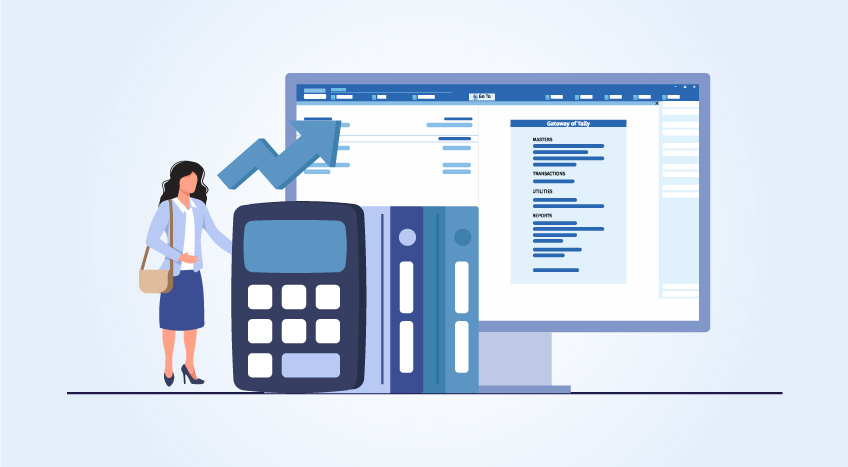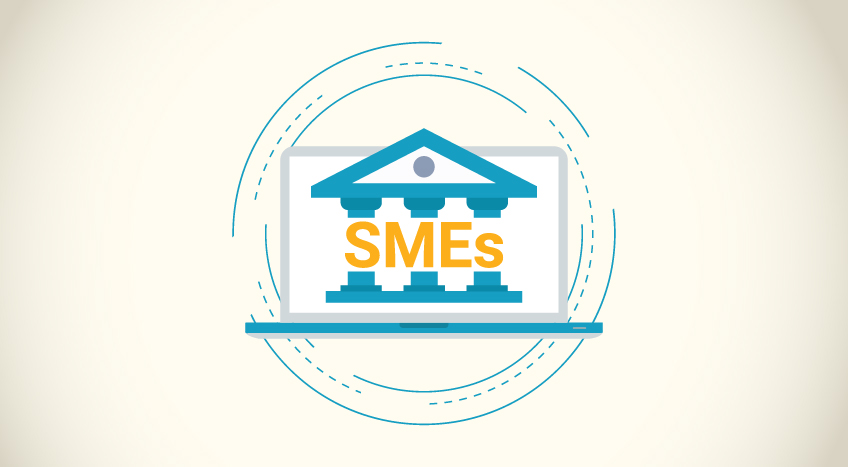- What is capital structure?
- Understanding capital structure
- Factors of capital structure
- Features of capital structure
- What is capital structure in financial management
- Components of capital structure
- Capital structure example
- Importance of capital structure
When presented with a company’s financial statements, one should know how to interpret the numbers. A company's capital structure is what finances its overall growth and operations. This capital structure can be a combination of equity and debt. A company with a good capital structure is one that has good solvency, and that utilizes the available funds for maximum return. Excellent financial control and liquidity by minimizing the risk resulting from a good capital structure. So, the next time you assess a company by studying its financial statements, pay attention to how it has distributed its capital structure.
What is capital structure?
The combination of equity and debt that finances a company is called its capital structure. The equity component of capital structure includes the ownership shares, common stock, preferred stock, future cash flows, retained earnings and profits. Debt includes loans and bonds.
We generally study the left-hand side of the balance sheet for the financial structure of a company. The capital structure is a combination of both debt and equity. When the capital structure of a company is optimal, it balances the equity and debt so that the return for shareholders is maximized.
Understanding capital structure
The capital structure of a company is the source of the money it uses for its operations and growth. A company accesses capital through debts and equity. The capital structure of a company should not be confused with the financial structure. The financial structure of a company is limited to the left hand side of the balance sheet but the capital structure is a combination of the shareholder’s money as well as long term debts. The assets are also bought using the capital structure.
The analysis of a company’s capital structure should also include a comparison of the long term and short term debts. So, references to capital structure state the D/E or the debt-to-equity ratio. If there is a larger proportion of debt versus equity, the company has a more aggressive capital structure. Depending on how risky the company’s borrowing practices are, this may greatly increase the risk to investors despite the greater growth opportunities.
Companies raise money through debt in the capital market. It is a good way to access funds without diluting ownership unlike raising funds through equity. It may also offer the company tax benefits. If the interest rates are reasonable, it is also quicker and easier to access.
Debt is one of the two forms of capital structure to raise money in the capital markets. Companies benefit from debt because of its tax advantages; interest payments made as a result of borrowing funds may be tax-deductible. Debt also allows a company or business to retain ownership, unlike equity. Additionally, in times of low-interest rates, debt is abundant and easy to access.
Equity allows outside investors to take partial ownership of the company. Equity is more expensive than debt, especially when interest rates are low. However, unlike debt, equity does not need to be paid back. This is a benefit to the company in the case of declining earnings. On the other hand, equity represents a claim by the owner on the company's future earnings.
Factors of capital structure
The factors that determine the forms of capital structure of a company are:
- Equity trading: When companies generate more capital by issuing debentures and preference shares instead of opting for loans, they may be at an advantage. Managing the balance of different types of equity that is used to raise funds is essential
- Degree of control: Despite raising funds through equity, a company may withhold voting rights for preference shareholders and debenture holders. This ensures that they still retain control over the company
- Flexibility: The ability to be flexible in financial planning is an advantage to a company. They should be able to raise more capital through equity and loans and also refund equity capital and pay back loans when they have the money to do so
- Choice of investors: A good mix of investors and investment types is ideal for a company’s capital structure
- Capital market condition: The capital market condition affects the balance of debt and equity in the capital structure. When the share prices are low, the capital structure is composed of debts and debentures
- Period of financing: To raise more capital in the short term, a company would usually take a loan. Long-term capital requirements are raised through shares and debentures
- Cost of financing: A company should always consider the cost of financing. A debenture may be cheaper than shares since shareholders have to be paid an extra share in profits
- Sales stability: When the company’s sales turnover is uncertain, equity capital is a safer choice. If the company is experiencing steady sales and growth, it will be possible to pay the interest on debentures as well as dividends regardless of the profits. So, the type of equity-based capital that a company chooses should be decided basis the stability of its sales turnover
- Company size: A small company usually raises capital through loans from banks and retained profits. A larger company that has established its reputation and stability will be able to raise loans through equity such as shares and debentures in addition to loans from financial institutions. The total capitalization is usually wider for bigger companies
- Government policies: The local policies will greatly influence the types of capital that a company has access to and chooses
Features of capital structure
Healthy forms of capital structure have the following features:
- Maximum return: The capital structure of a company should keep the interest of shareholders in mind, and its primary goal should be to maximize their returns from investment
- Minimized risk and more safety: The risk of the debt capital should be minimized by having a judicious mix of different types of ownership and securities. The investments in the company should be safe from the fluctuations in the company’s performance and earnings
- Financial flexibility: A company should structure its capital so that it can raise more capital quickly when required. It should also be able to close debts easily when there are excess funds on hand
- Economy: An economically planned capital structure has a minimum cost of capital. The less a company spends to pay for the utilization of capital, the more returns it can generate
- Control: The raising of capital through issuing debentures should be done with care so that it does not dilute the interest and control of the shareholders over the company
- Enhanced capacity: The capital structure of a company should have the ability to enhance its capital when required and pay off debts when they are not essential
What is capital structure in financial management
Financial management of capital structure tries to avoid overcapitalization or undercapitalization. A company that has a normal capitalization is attractive to investors as it shows that it is using its money well.
Overcapitalization
Overcapitalization occurs when the company raises more capital than it requires, and this causes a lowered rate of return, and some of the capital can even remain unused. The company does not generate enough profits to pay the interest on loans and debentures as well as dividends on shares. Overcapitalization could also be caused by:
- High promotion cost: A company that spends too much on promotional expenses when it does not make enough returns on it could become overcapitalized
- Purchase of assets at higher prices: Assets that are bought at a very high cost and with a low book value can generate less returns than the expenditure
- Capitalization in a very good period: Sometimes a company can raise capital when the market is in a boom phase. When the momentum of the market decreases, there may lower returns against high capital invested
- Inadequate depreciation provision: When the depreciation rate is not adequate, the funds that are required to replace the asset will be less and the company will have to spend a lot more to replace it
- Over generous dividend policy: Paying out dividends that are too high will leave the company with less retained profits. This will then lead to the necessity of raising more capital at higher cost
- Over-estimation of earnings: When the actual earnings fall short of the estimated earnings, the company will have to opt for capital raised through loans
Undercapitalization
When a company does exceptionally well and earns more profits than expected, it can become undercapitalized. This may result in high returns on investment, more funds and high levels of goodwill. The reasons for undercapitalization are:
- Low promotion costs
- Purchase of assets at low rates
- A low dividend policy
- Capitalization in a market that is depressed
- Good management
- Proper provision of depreciation
- Adequate secret reserves
Components of capital structure
The two main components of capital structure are equity and debt.
Equity capital
The ownership capital is raised through the shares that the openers have in the company. There are three types of shareholder funds:
- Equity capital: This is the permanent shares that the owners have in the company that gives the right to dividends and voting rights. They also carry liability that is limited to their investment
- Preferred capital: Preference shares can be of many types. They have limited voting rights and they may get a fixed rate dividend
- Retained earnings: Retained earnings are a portion of the company’s profits that it retains for reinvestment for growth
Debt
A company can borrow money through loans or credit. They attract the payment of interest but may also give tax benefits. The types of borrowings that a company can have as part of its capital structure are:
- Debentures: The company issues debentures to the public to raise funds and pay interest on it. Collateral is not required
- Term loans: Companies borrow money from banks and financial institutions at a fixed or floating rate of interest. These loans are given based on the company’s standing and collateral, and they are paid back in installments
- Public deposits: Companies can receive unsecured deposits from the public, shareholders, employees, customers, and employees to raise capital
Capital structure example
We can take an example of a company that has the following capital structure:
- 30% long-term bonds
- 20% preferred stock
- 50% common stock
All these three together make the company’s capital structure.
Importance of capital structure
- The capital structure of a company gives you an idea of how financially healthy and stable it is
- A better capital structure can increase the market value of its securities and shares
- It can give stakeholders higher returns
- It means that the company is using its funds optimally without under or over capitalization
- It shows that the company has good financial flexibility to raise more capital or pay off its debts as and when required
Read More:










